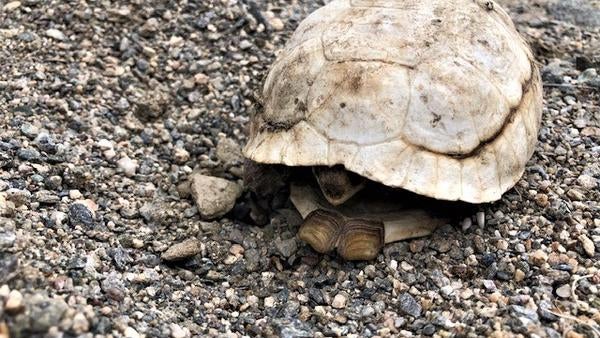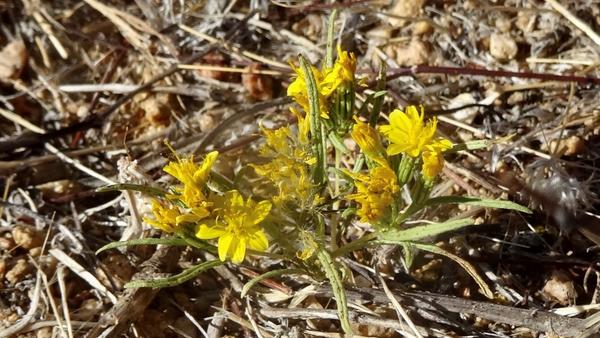What defines a desert?
“The desert smells like rain” – Gary Nabhan
Rainfall, or rather the lack of rain, defines deserts. The rule of thumb is that if a region typically receives less than 10” (25 cm) of rain, then it is a desert.
However, like everything in nature, it is more complicated than that. Aridity might be a better measure, since it really is the amount of usable water that makes the difference. The region around Tucson, Arizona, the heart of the northern Sonoran Desert, averages over 11” of rain, so by the standard definition it is not a desert at all, rather perhaps a sub-tropical thorn scrub. But it is also a hot place, so much of the rain that falls in Tucson evaporates before ever reaching the roots of a saguaro cactus. The usable water, or aridity, puts Tucson comfortably back into the category of a desert.
The character of a given desert region is not only determined by how much rain it receives, but when, how regularly moisture comes, and how hot (evaporation rate) it is when the rains fall. It is the calculus of all those attributes that dictates who and what lives there.
The Namib Desert in southwestern Africa and the Atacama Desert in southern Peru and northern Chile are both fog deserts (there is also a small region in Baja California that is a fog desert). Plants in fog deserts “harvest” moisture from the fog, the fog saturates leaf surfaces where some can be absorbed, and then water drips down into the plants’ root zones where more is taken up by the plant. In the Namib desert there are beetles that also harvest water from the fog. One does a head stand on the top of sand dunes, and as the fog condenses on its body it then drips down into its mouth. Another beetle digs furrows into the dunes, and then harvests fog droplets that condense on the furrows. Then the lizards eat the plants or the beetles. There are portions of the Atacama Desert where there is no measurable rainfall for decades (fog is not easily measured in a standard rain gauge). In those areas vegetation can be sparce at best, but when it does rain, the desert is carpeted by annual wildflowers in vivid pink, yellow, and white hues. The annuals can live for decades upon decades as seeds buried in the ground, but what is far more intriguing is how the multitude of insects who appear to pollinate those flowers survive those decades of drought.
Our Colorado Desert, along with the lower elevations of the Mojave Desert, are the hottest, most arid deserts of North America. Average rainfall annually ranges from 2-4”, and because it is so warm here, even in winter, the amount of moisture reaching plant roots is much less than that. In some years it is none. What rain that does fall comes mostly in the winter, between December and March. Still, sometimes there are summer monsoon rains here. The North American monsoon arrives as thunderstorms and rainfall occurring between July and mid-September. During the monsoon, thunderstorms are fueled by daytime heating and build up over mountain areas during the late afternoon and early evening. The monsoon typically loses its energy by mid-September when much drier conditions are reestablished over the region. The moisture that feeds the monsoons originates to the southeast, from subtropical regions of central Mexico, but the amount of moisture that reaches our deserts varies widely from year to year. Nevertheless, there are plants here that exist because of the monsoons: ocotillo, ironwood, palo verde, along with a handful of small annuals such as Pectis papposa (commonly known as cinchweed, or my favorite – fetid marigold) and a grass Bouteloua barbata (six weeks grama). Where these plants occur, monsoons are more dependable. During strong monsoons the Pectis and Bouteloua can form carpets of yellow flowers and green grass providing cheer to the otherwise parched desert landscapes of summer. Less obvious, those heavier monsoons enable the delicate seedlings of ocotillo, ironwood, and palo verde to survive the baking heat of summer.
It's not just plants that thrive due to monsoons. Desert tortoises' survival can be closely tied with monsoon strength. Desert tortoises (recently split into three species, Mojave, Sonoran, and Goode’s thorn scrub tortoises) store precious water that they extract from the plants they eat in their urinary bladders. Those “bladder canteens” get the tortoises through the periods when green succulent plants are unavailable. However, during those weeks and months with no rain and no succulent plants, their bladder-water becomes incrementally more toxic to the tortoises as salts and nitrogen and other physiological metabolites accumulate. Tortoises will dig small depressions in clay soils in anticipation of the coming monsoons. When, or if, the rains come the tortoises will wait patiently by their depressions hoping they will fill with water. When they do, the tortoises can void their toxic bladder contents and replace them with fresh clean water. If the monsoons fail to show up the tortoises can live up to a year using their bladder canteens, but if the winter rain and the monsoons fail, tortoise mortality increases.
As one heads east from the California-Arizona border monsoons become increasingly more regular. The Sonoran Desert’s average annual rainfall is split evenly between winter rains and monsoons. Ocotillo, ironwood, and palo verde become denser and more broadly distributed and are joined by many more cactus species, including the iconic saguaros. The cacti too need those summer rains for their delicate seedlings to survive their first few summers. When the monsoons fail to materialize (years Arizonans refer to as “non-soons”), those seedlings perish. Heading still farther east and then south you will enter the Chihuahua Desert. Here there are no winter rains, all rainfall occurs during the summer monsoon.
The ecology of plants and animals found in each of these deserts are closely tied to the patterns of rainfall characteristic of that desert. Water is essential to life and despite the high aridity that defines deserts, life thrives here. Or at least it has so far. The great unknown is how our current climate change trajectory will impact desert life. We are already seeing shifts in plant and lizard abundance to higher elevations where there are cooler temperatures, less evaporation and so less aridity, and to areas less “shadowed” from the winter storms. For the past 3-4 years the monsoons have been non-soons, although this year (2021) has been a good one for monsoons even though the winter rains were far below average. For those species dependent on summer monsoons, we have been seeing less recruitment and increased mortality (i.e. ocotillo and tortoises).
Nullius in verba
Go outside, tip your hat to a chuckwalla (and a cactus), think like a mountain, and be safe.

